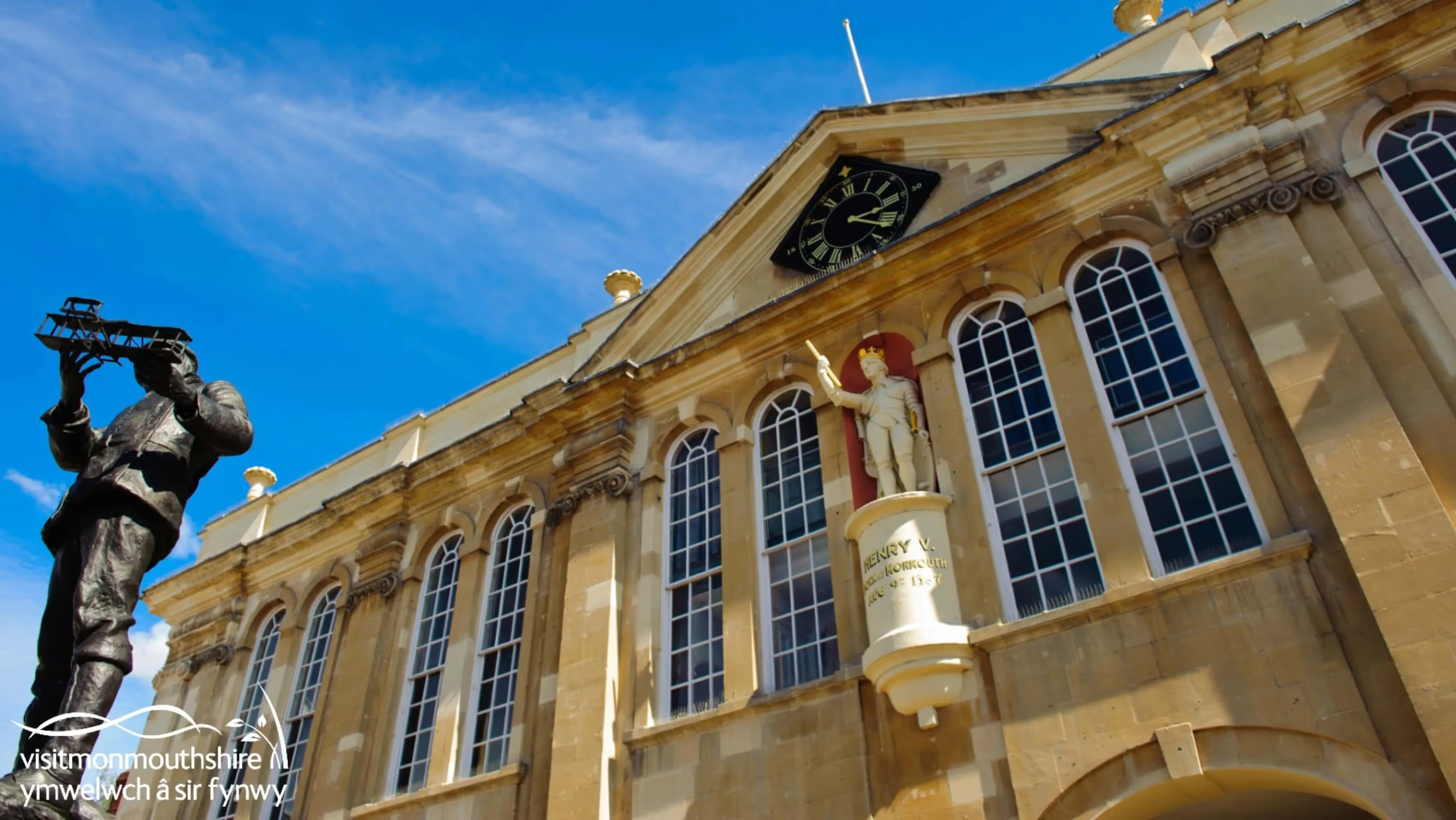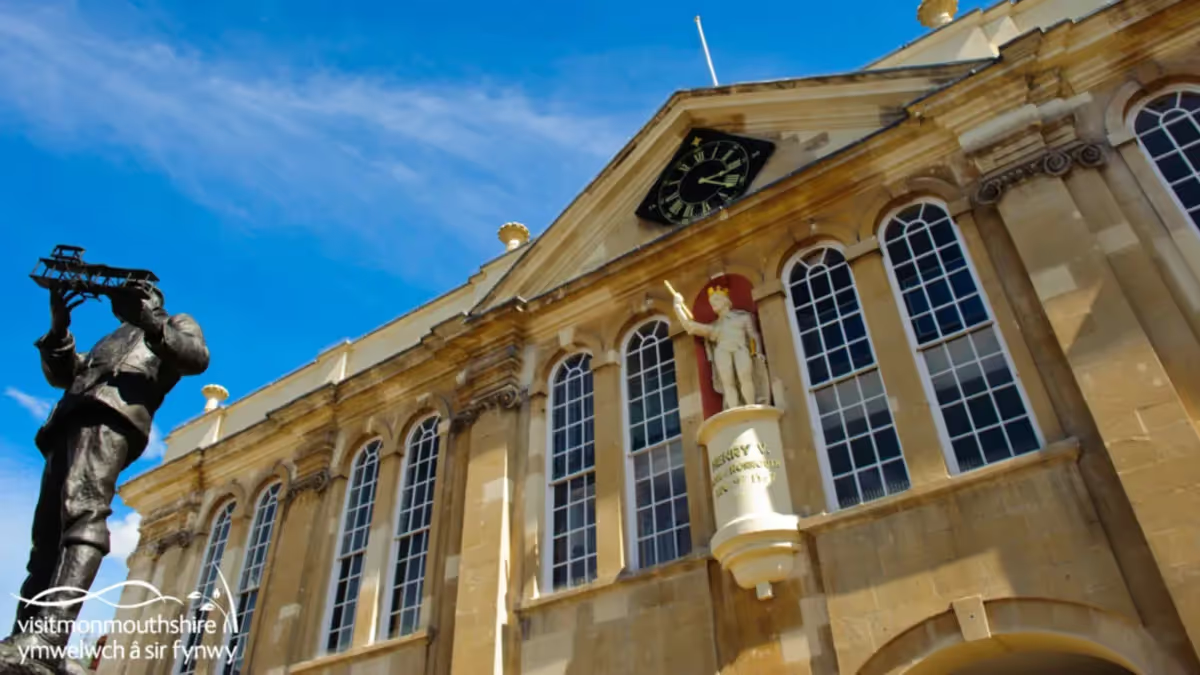


Filter Map
This section is completely level, following the route of the old Ross-on-Wye to Monmouth railway line, which is now the Peregrine Path, a car free cycle and pedestrian route. Trains steamed through the Wye gorge below the towering cliffs of the Seven Sisters Rocks and King Arthur's Cave.
Pass Biblins Bridge, a well known swaying pedestrian bridge and Lady Park Wood, a National Nature Reserve left untouched for nearly 100 years to see how natural woodland develops over time. Closer to Monmouth Hadnock Halt was a request stop serving a small cluster of nearby houses until 1959. A stretch of road leads into Monmouth and you may catch a glimpse of the pretty white-washed Dixton church on the opposite bank before reaching the Wye Bridge.


Lady Park is a National Nature Reserve which was established by the Forestry Commission in 1945 as a long-term ecological project. Completely unmanaged, it is being studied in detail to see how natural woodland develops over time without intervention like tree felling, thinning or coppicing. A group of professional artists, The Aborealists, have also been studying this wood and have created a fascinating book, Art Meets Ecology at Lady Park Wood, illustrating how natural woodland works.

A church called Llan Tydwg is first mentioned here in AD 735, in the Book of Llandaff. It was probably destroyed by the Welsh prince, Gruffydd ap Llywelyn in 1055, when he led a raid up the Wye to Hereford. It’s likely the church was rebuilt soon after the Norman invasion and re-dedicated to St Peter. Steps down to the river are a reminder that it was common for people to arrive afloat, including the vicar who lived on the opposite bank. Inside, brass markers record numerous floods.

Monmouth’s Shire Hall was the scene of one of the most infamous trials in British history when, in 1839/40, John Frost and other Chartists were tried for their involvement in the Chartist Riots in Newport. Three Chartists were found guilty of high treason and sentenced to death by hanging and quartering, the last time this sentence was given in Britain. Queen Victoria intervened and the three were deported to Van Dieman’s Land for life. Annual Parliaments is the only Chartist demands not to have been achieved.


It’s a fantastic achievement to walk all 136 miles. Mark the miles by keeping a record of your journey, collecting (digital) passport stamps along the route…
MAKE A PASSPORT